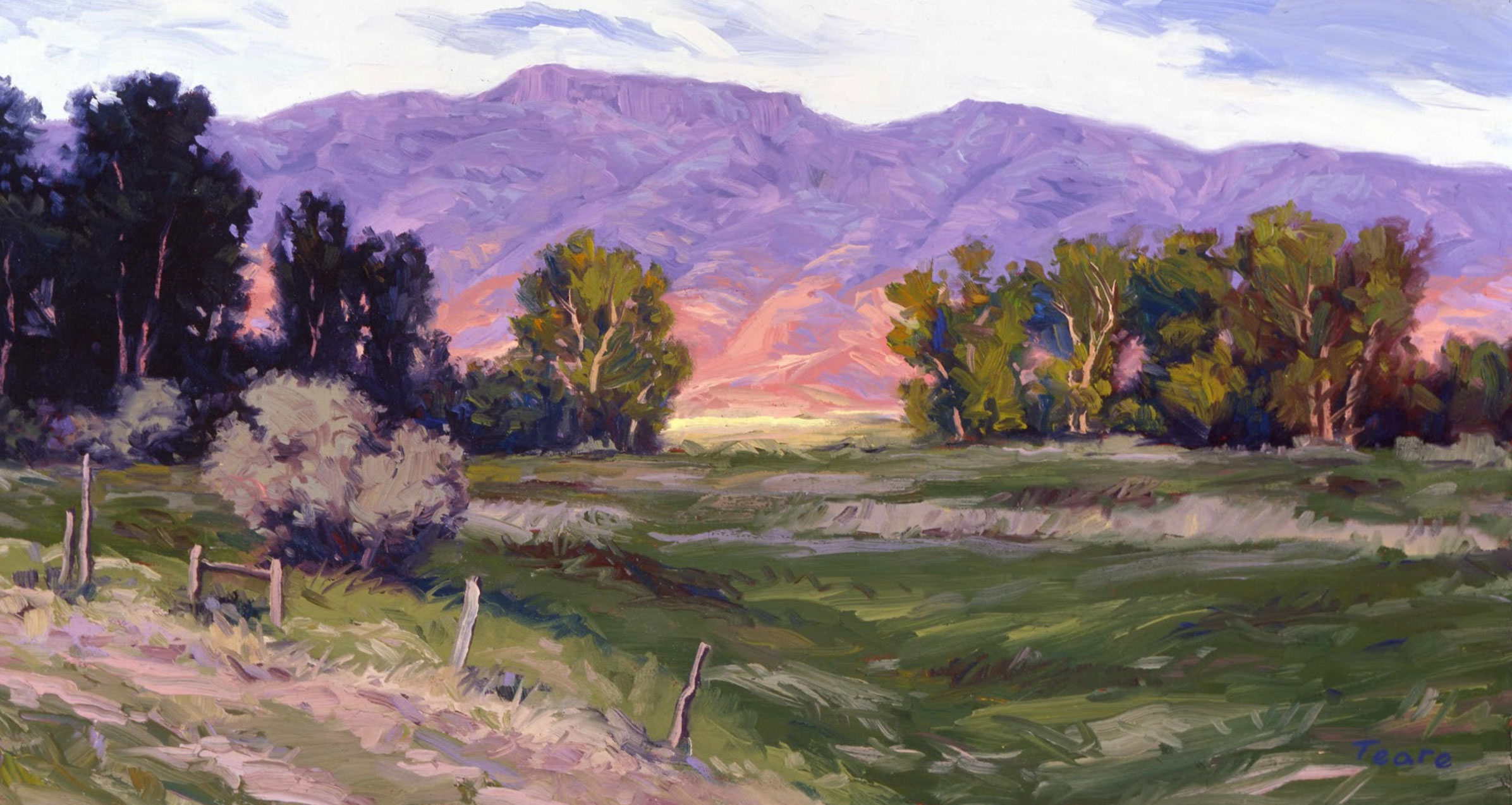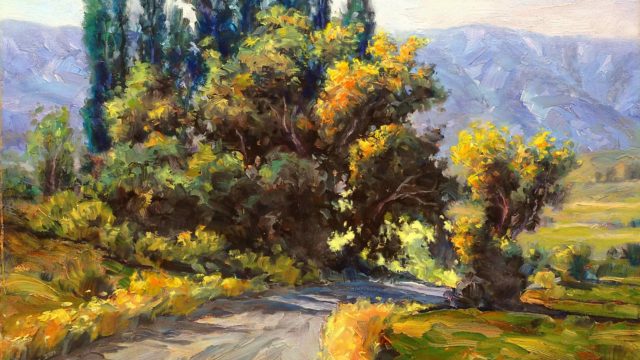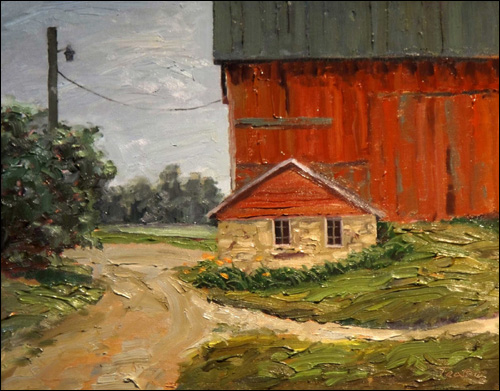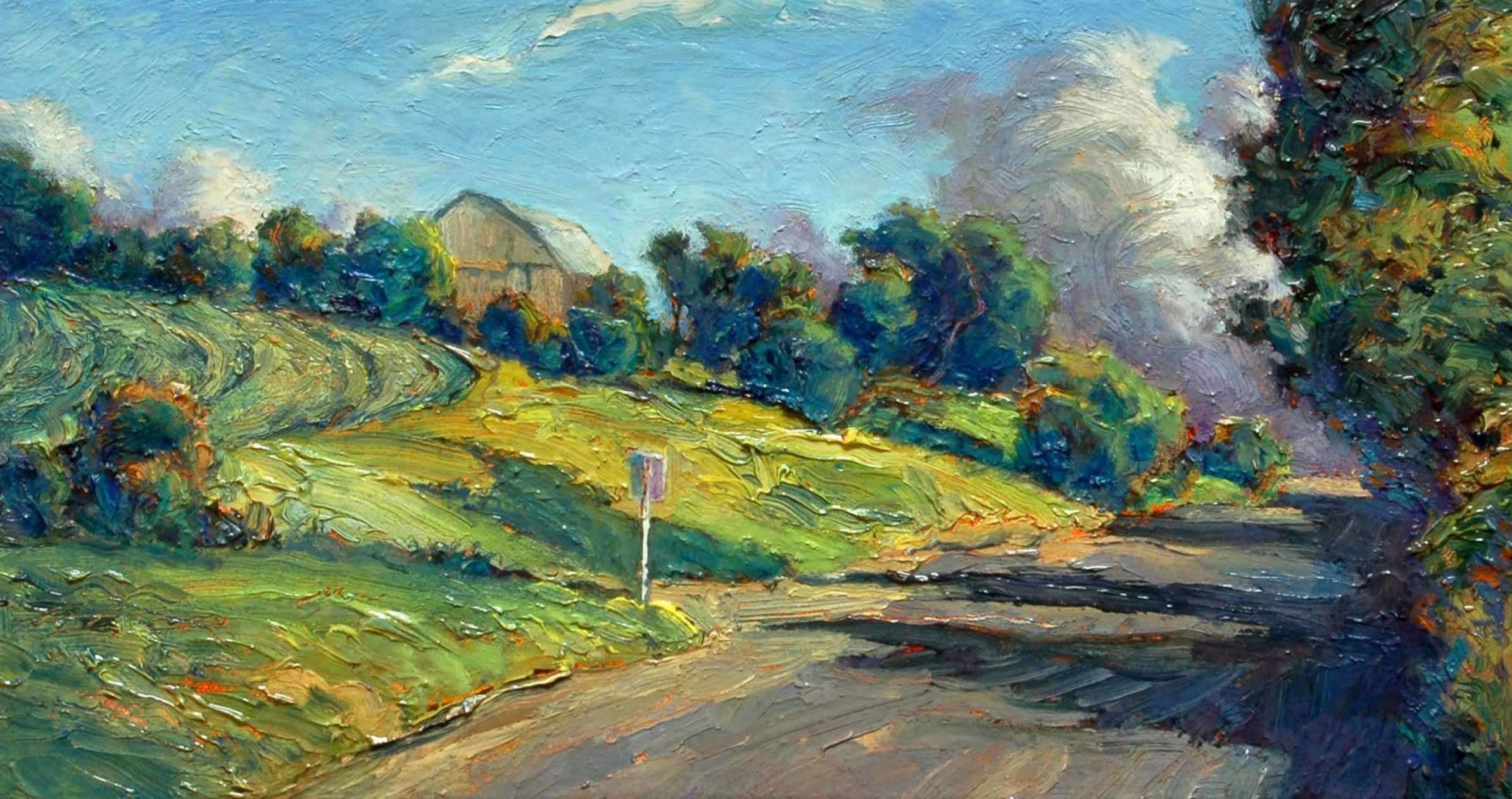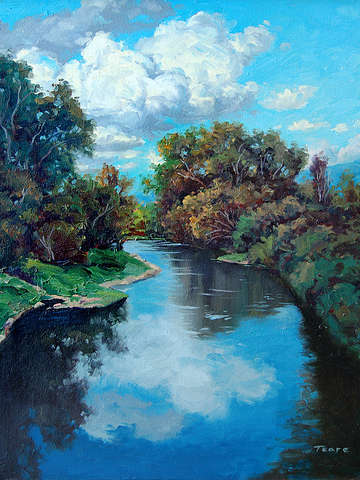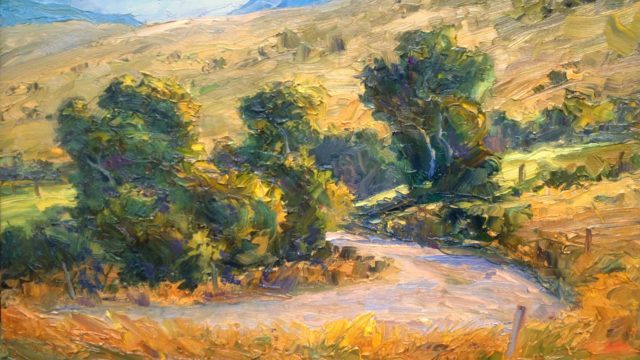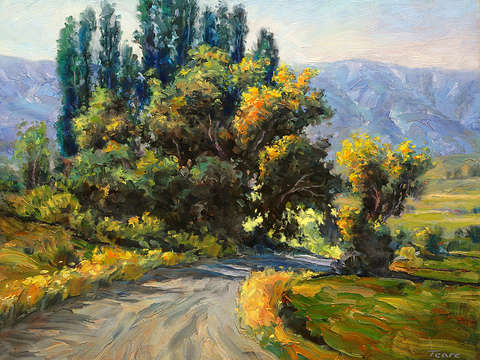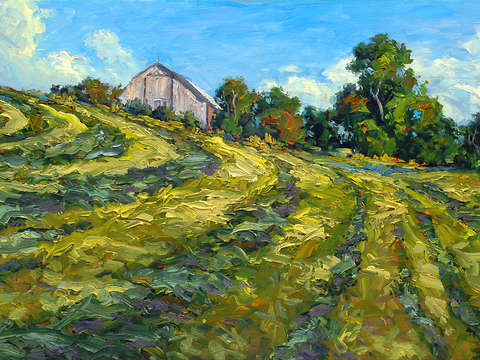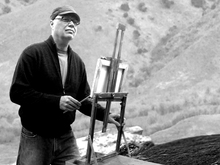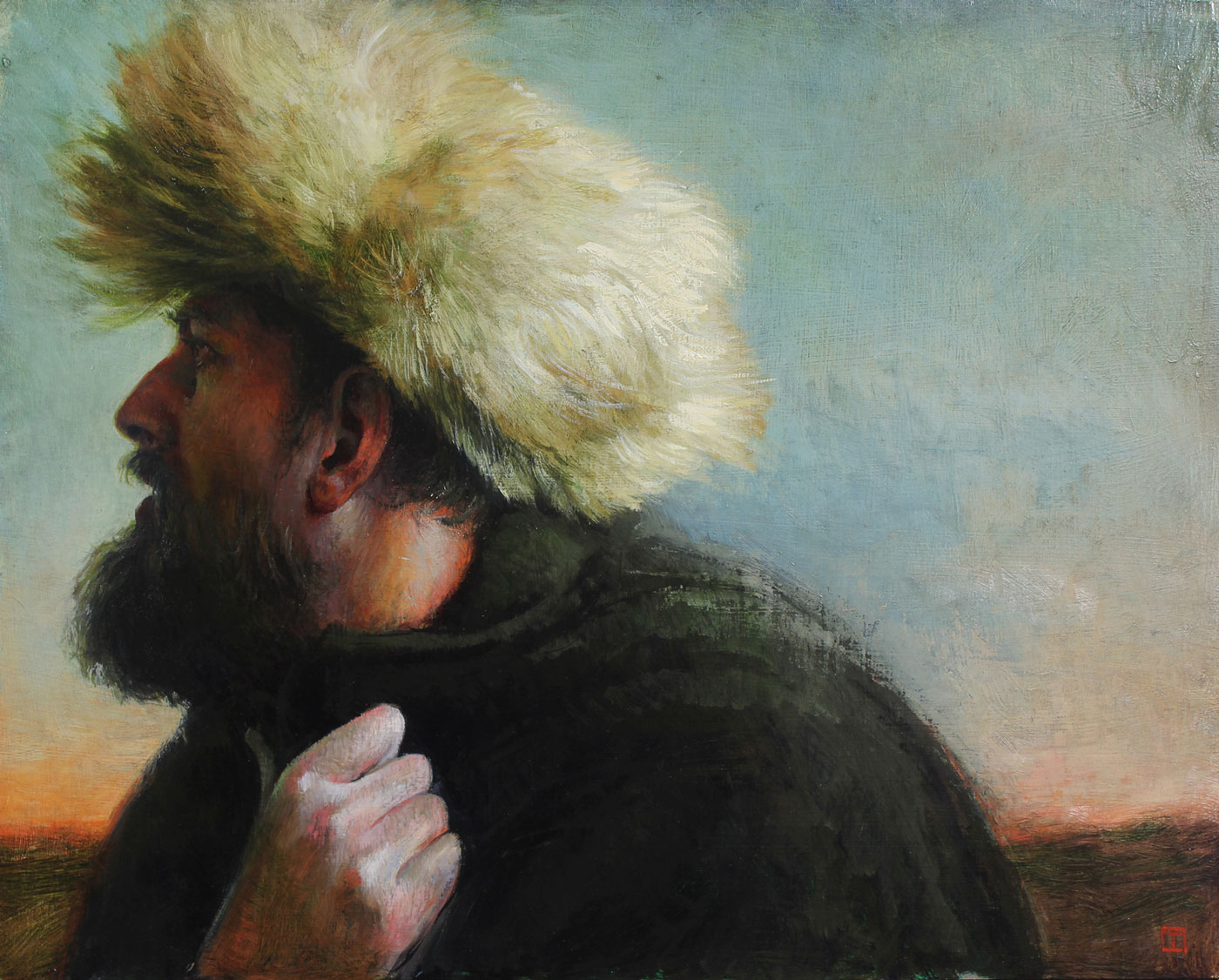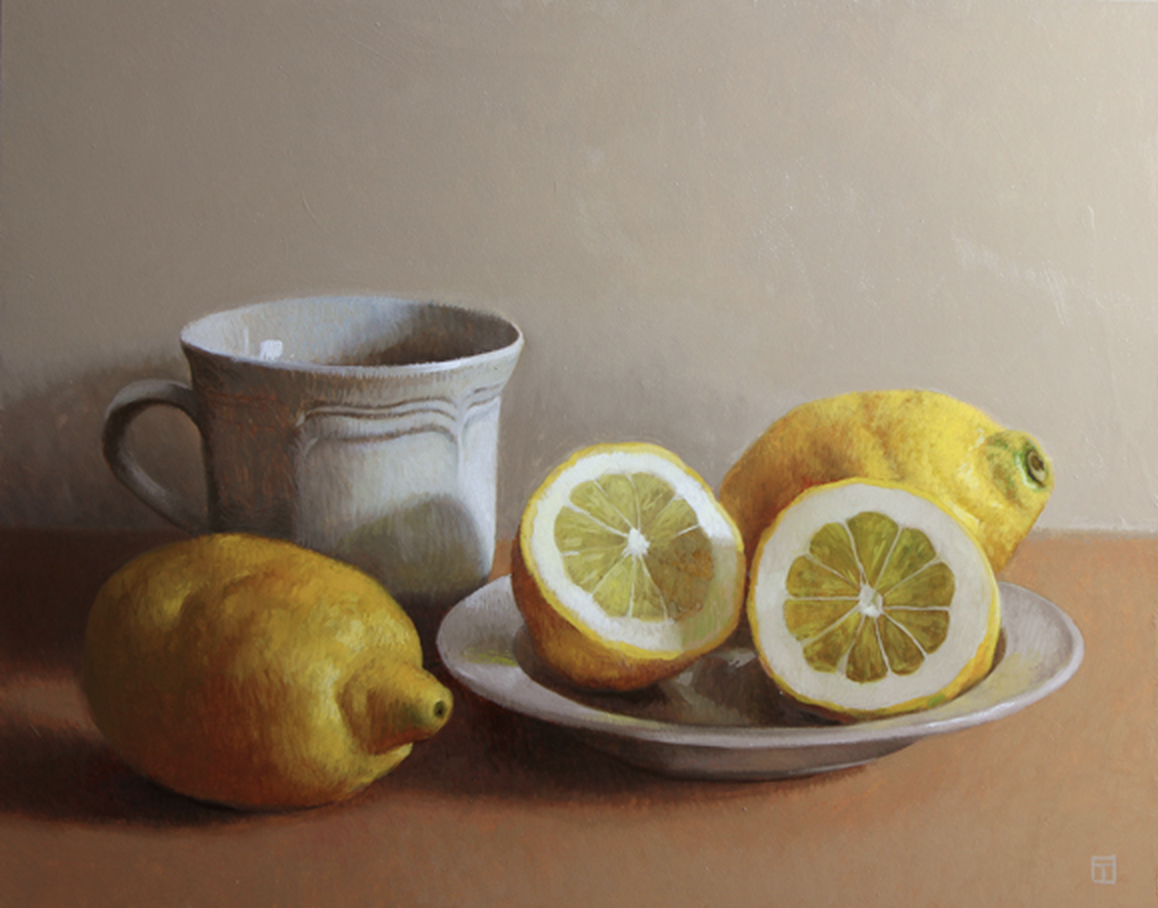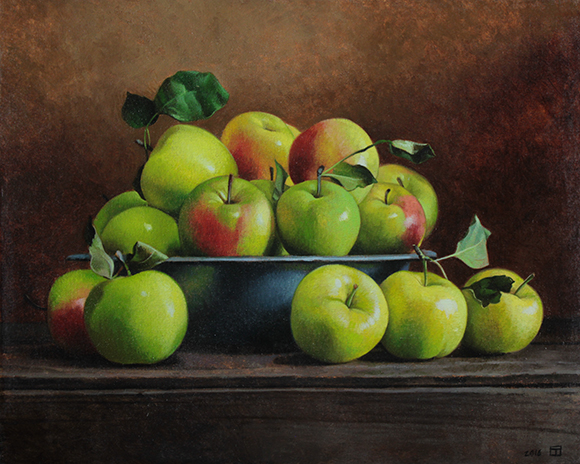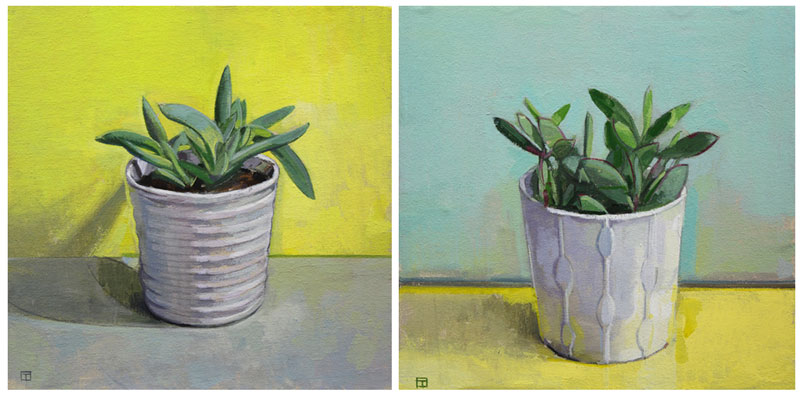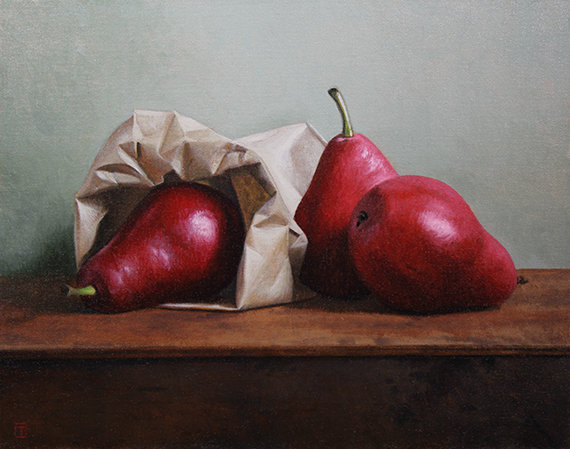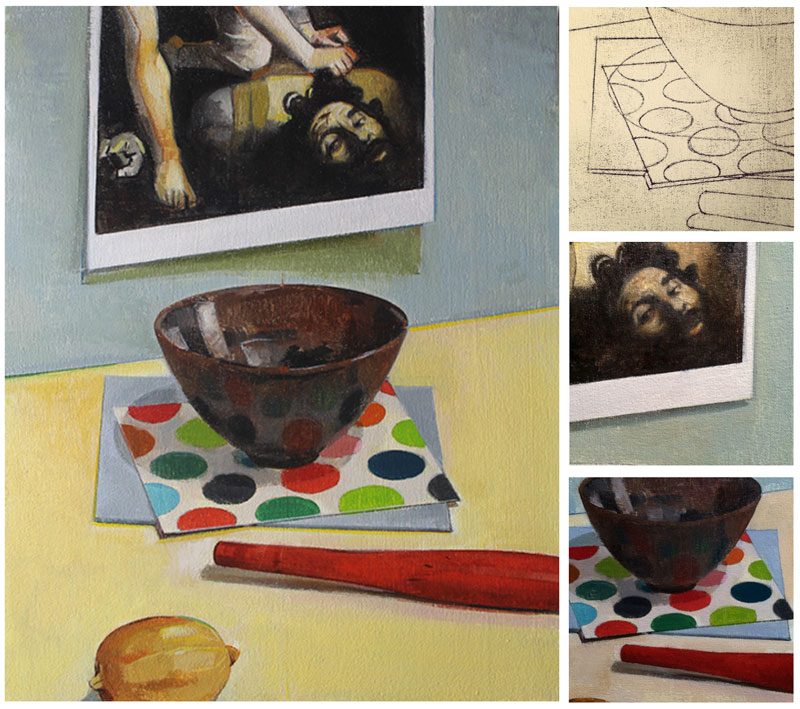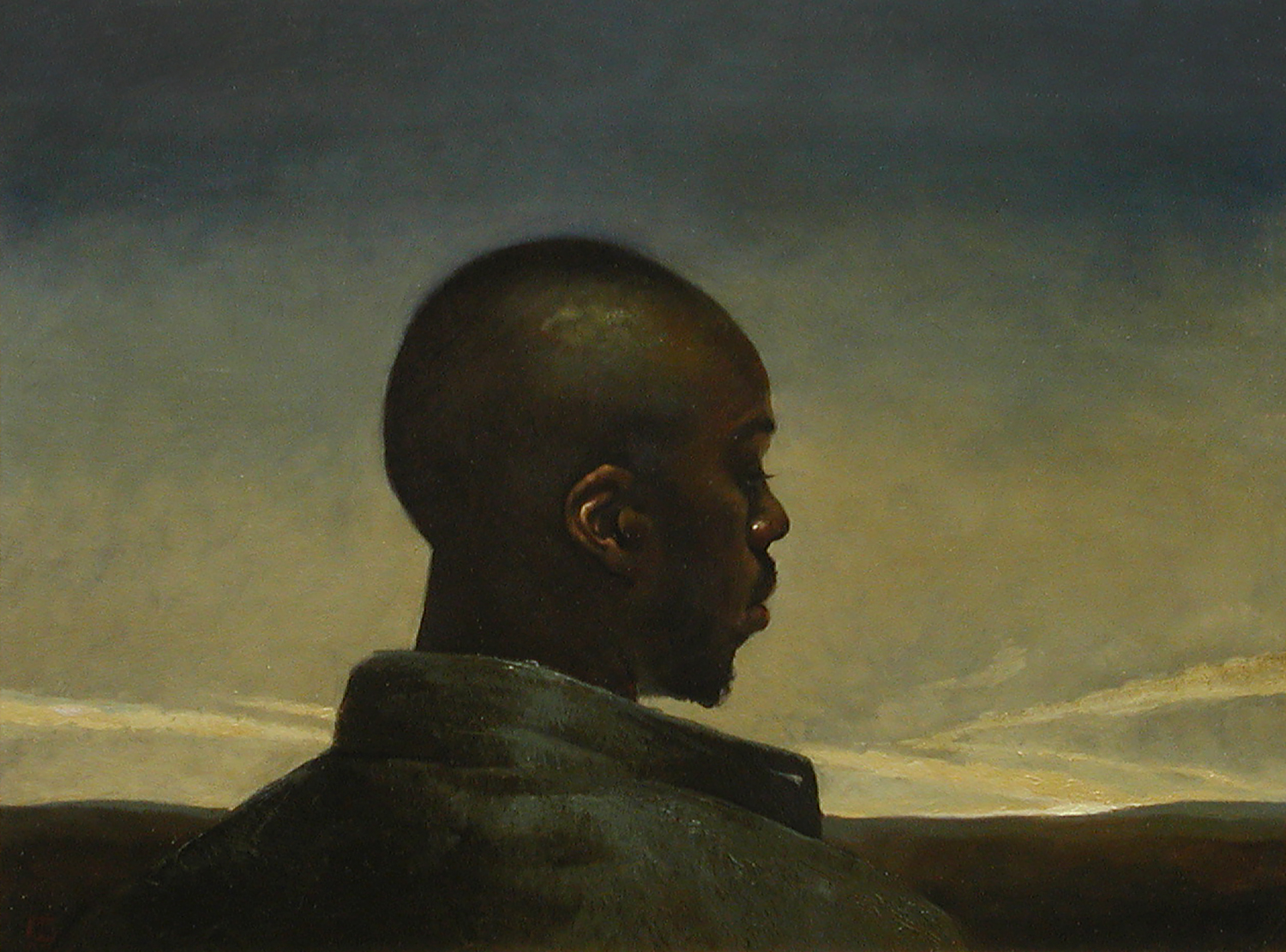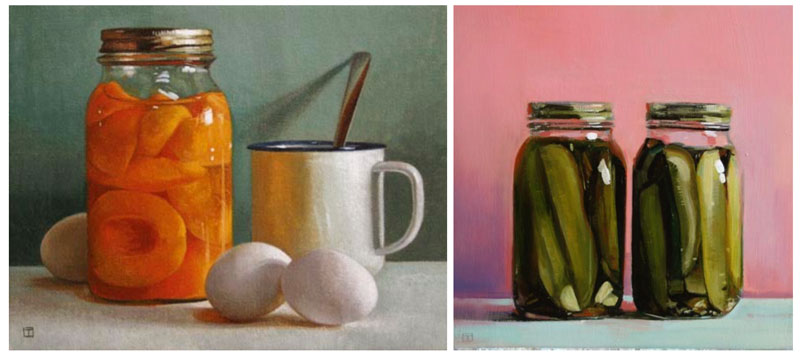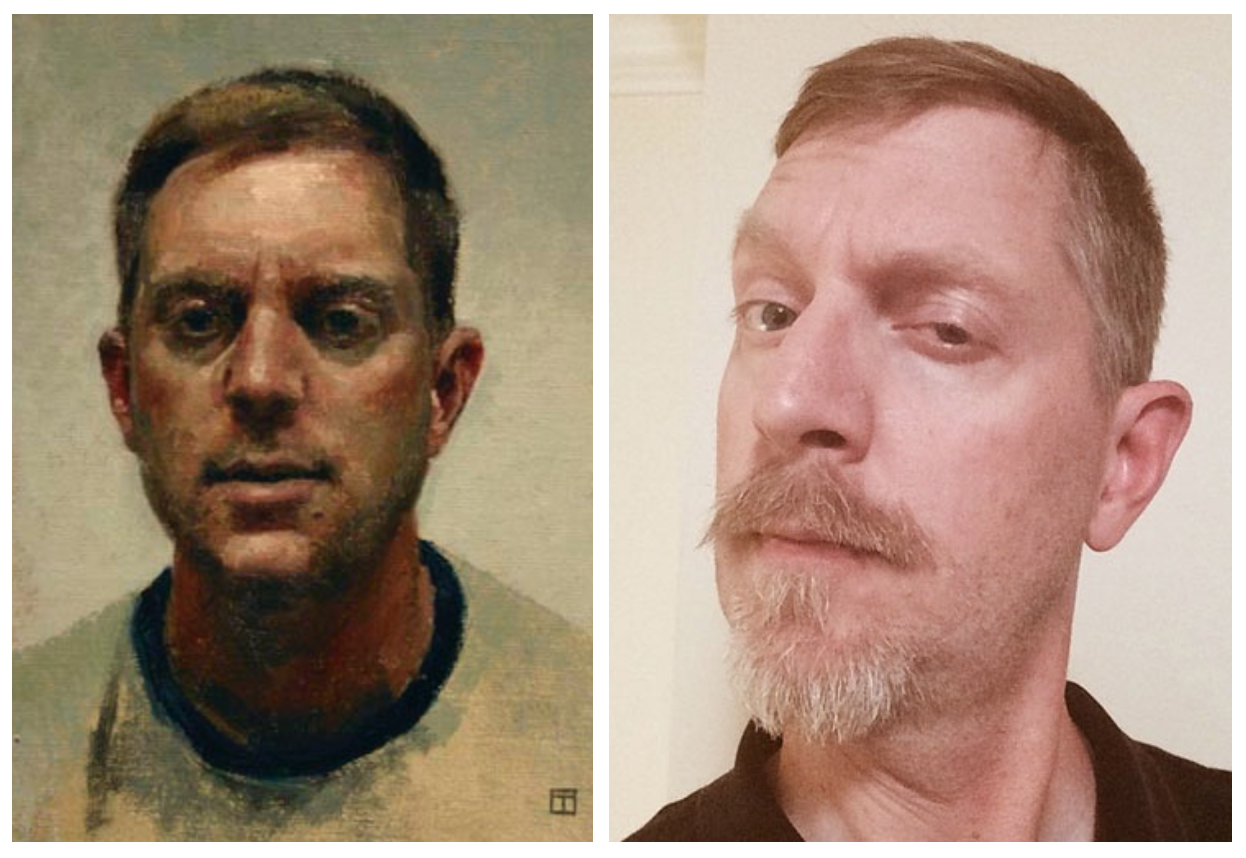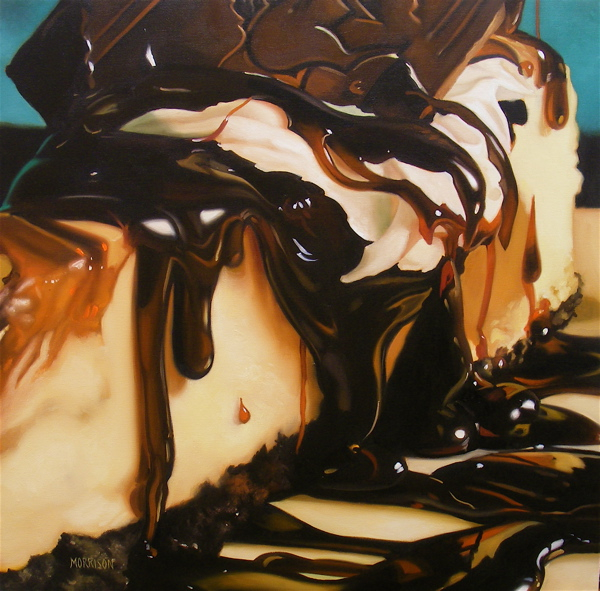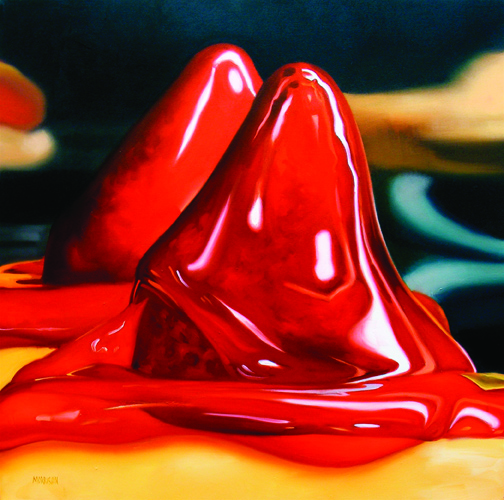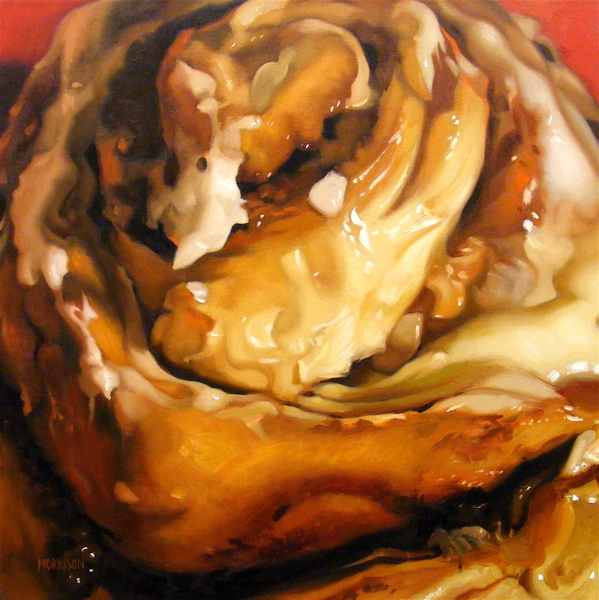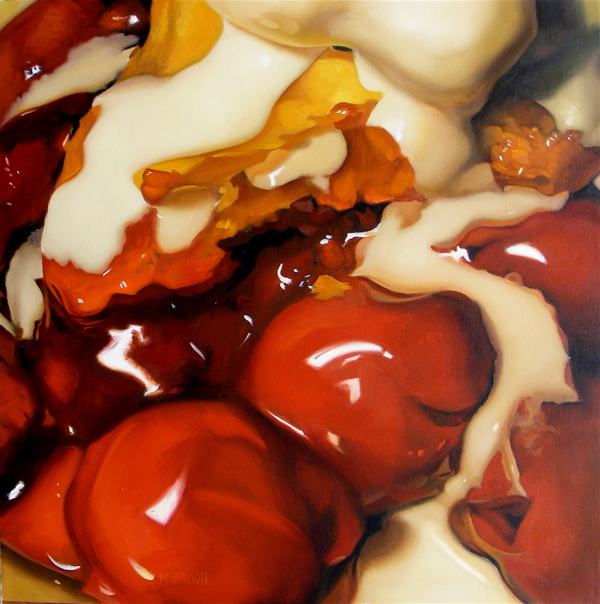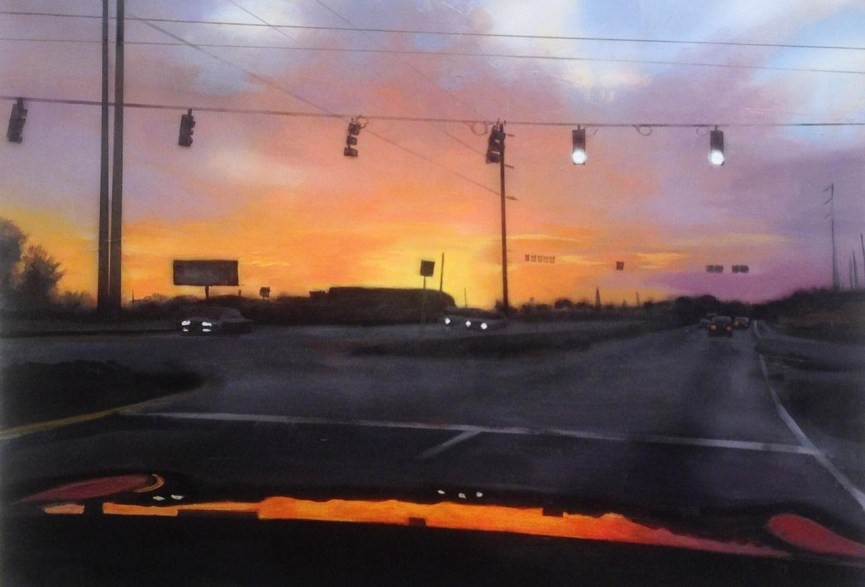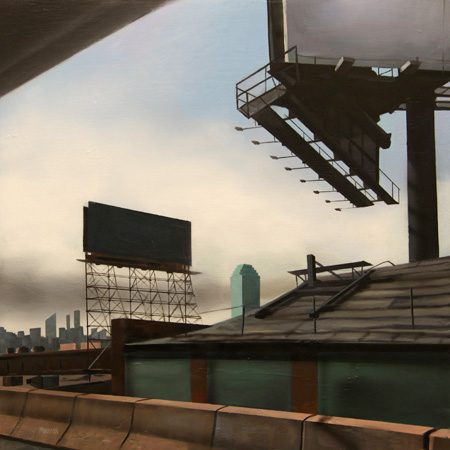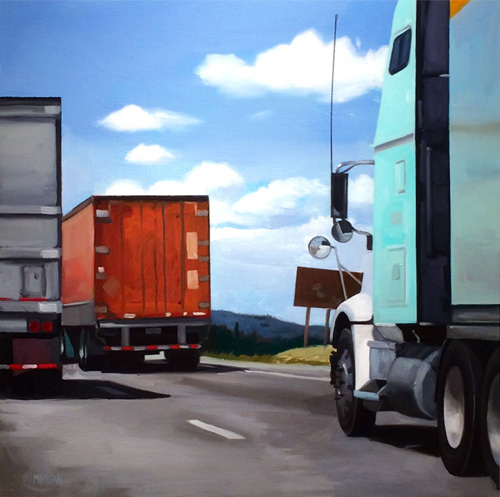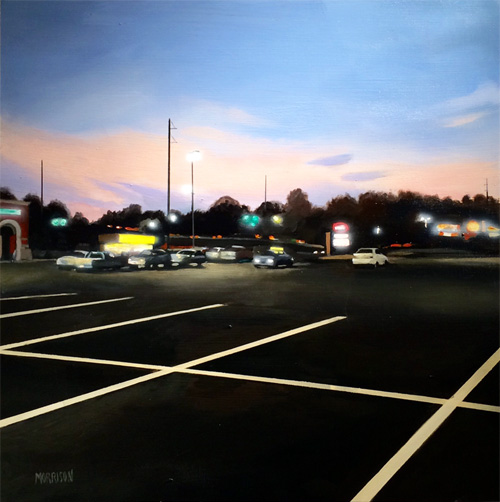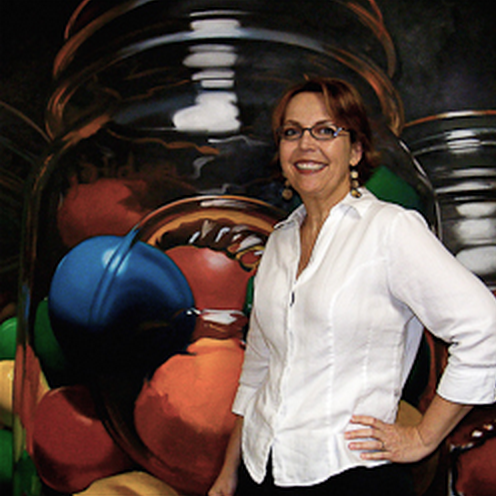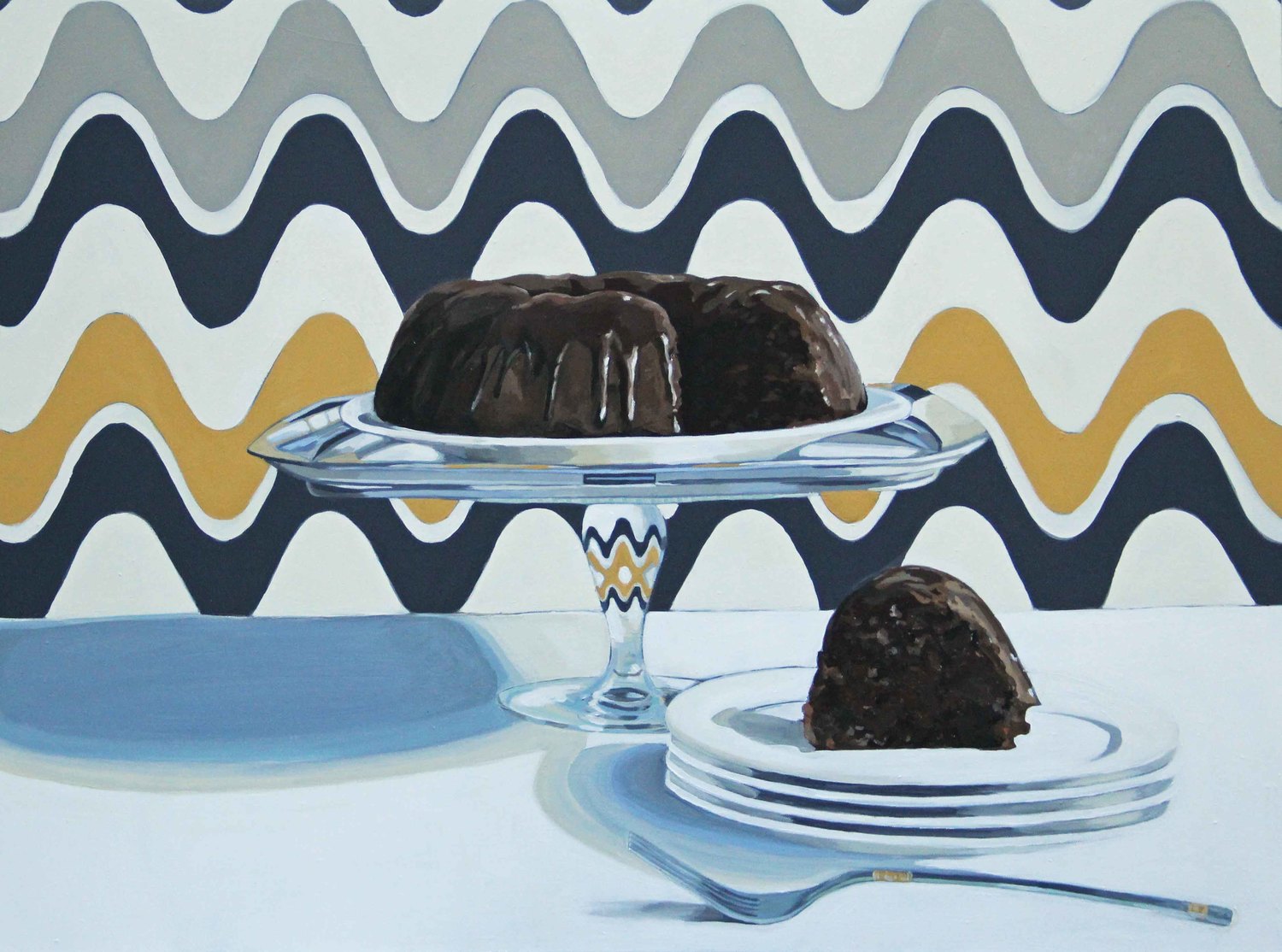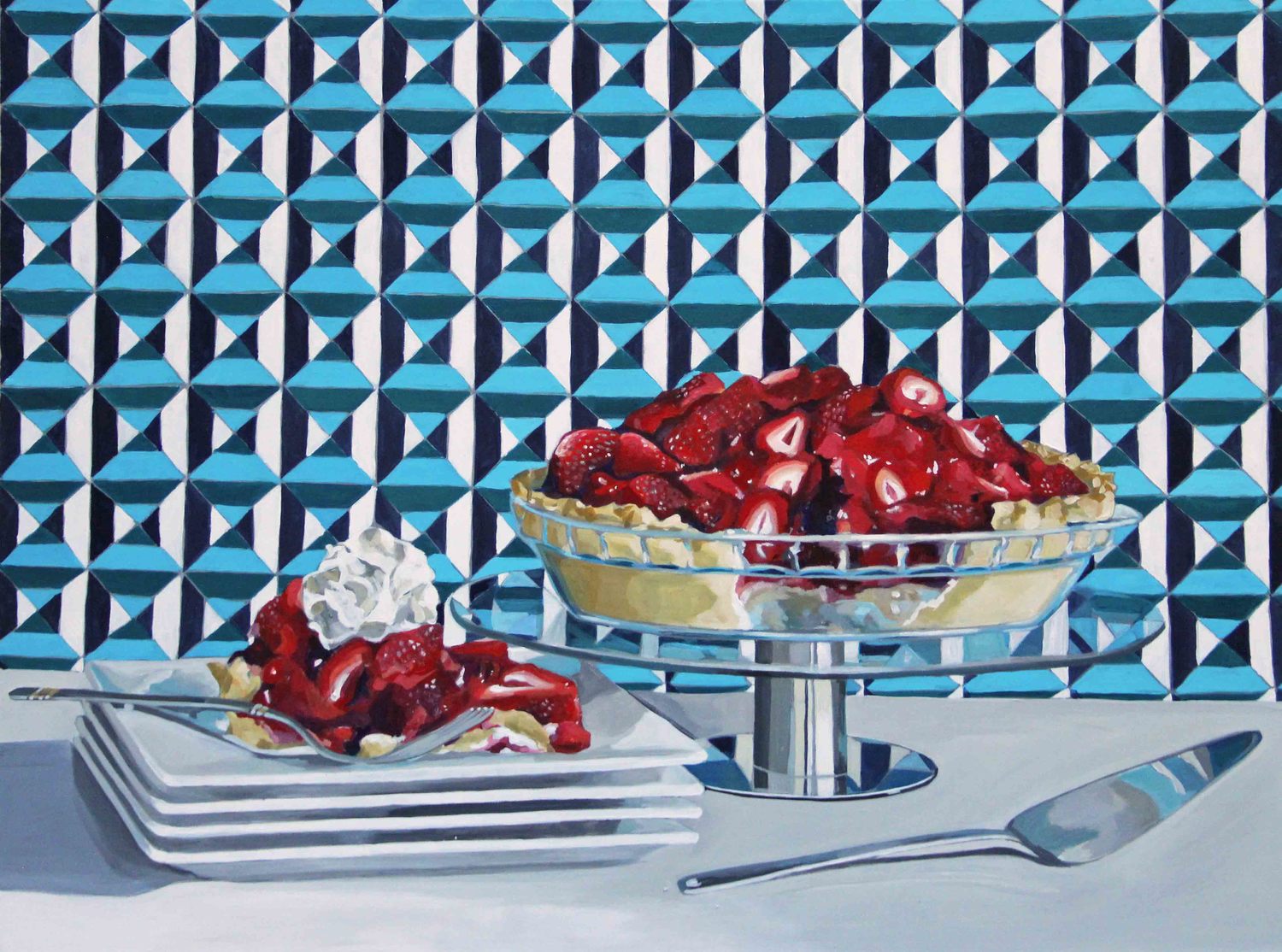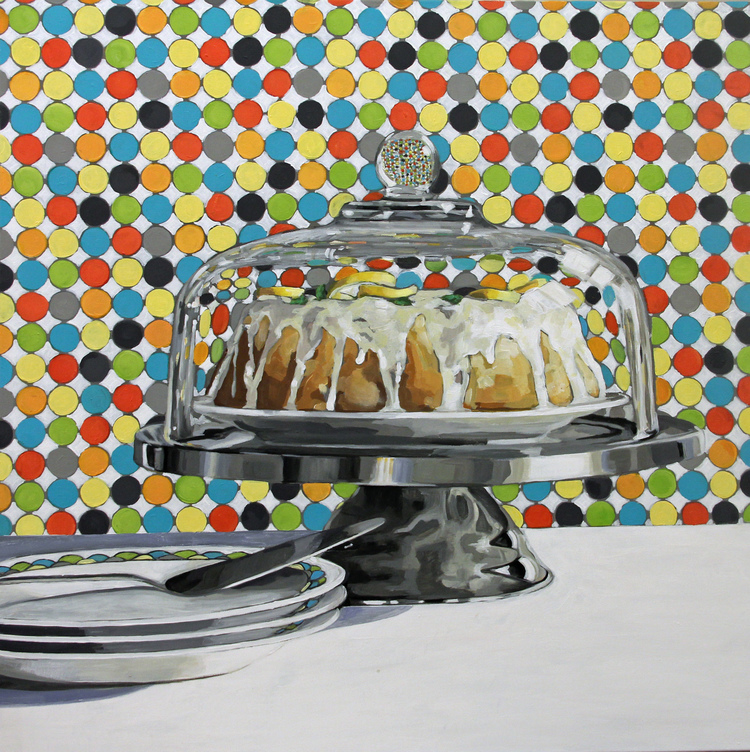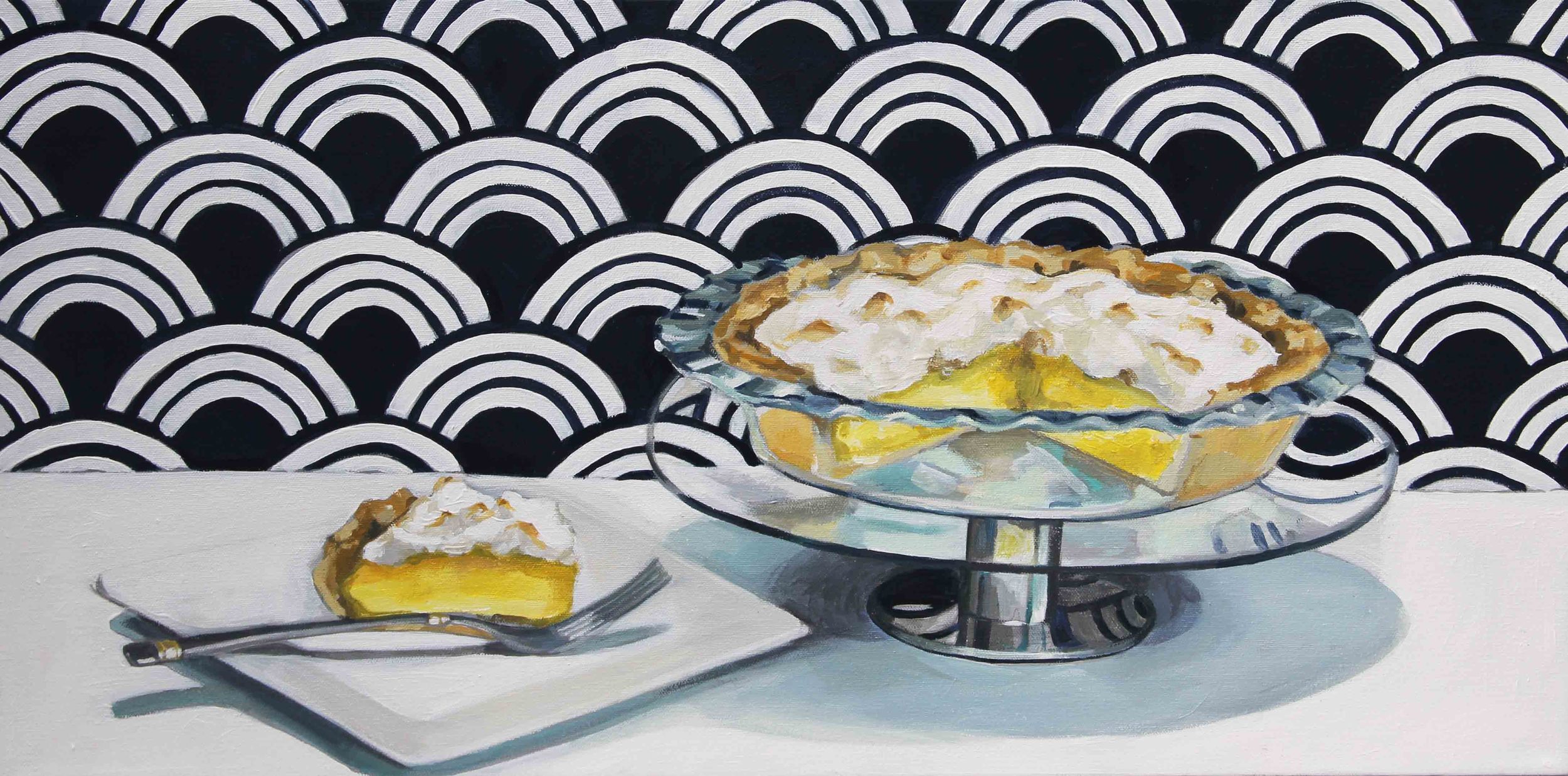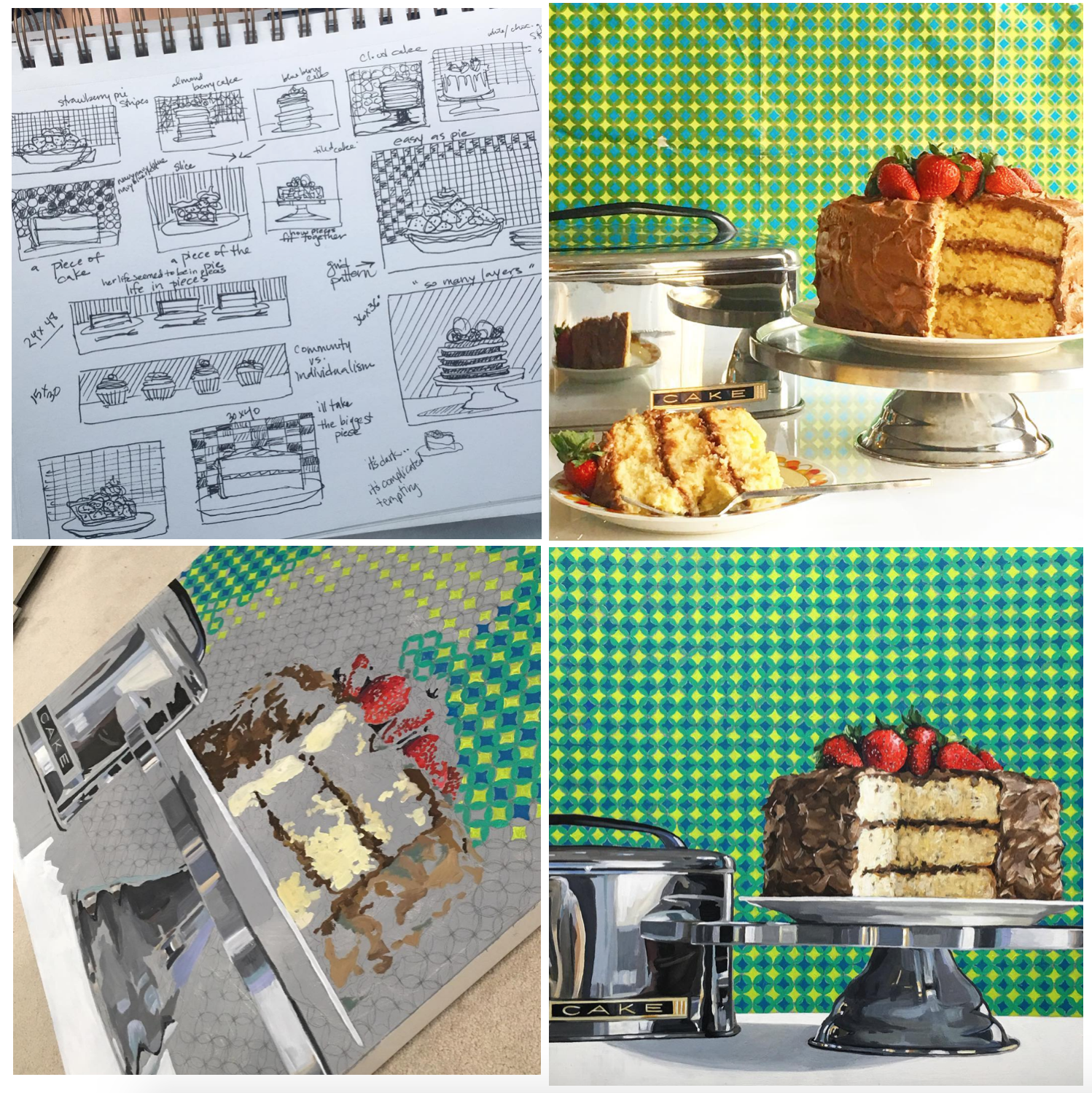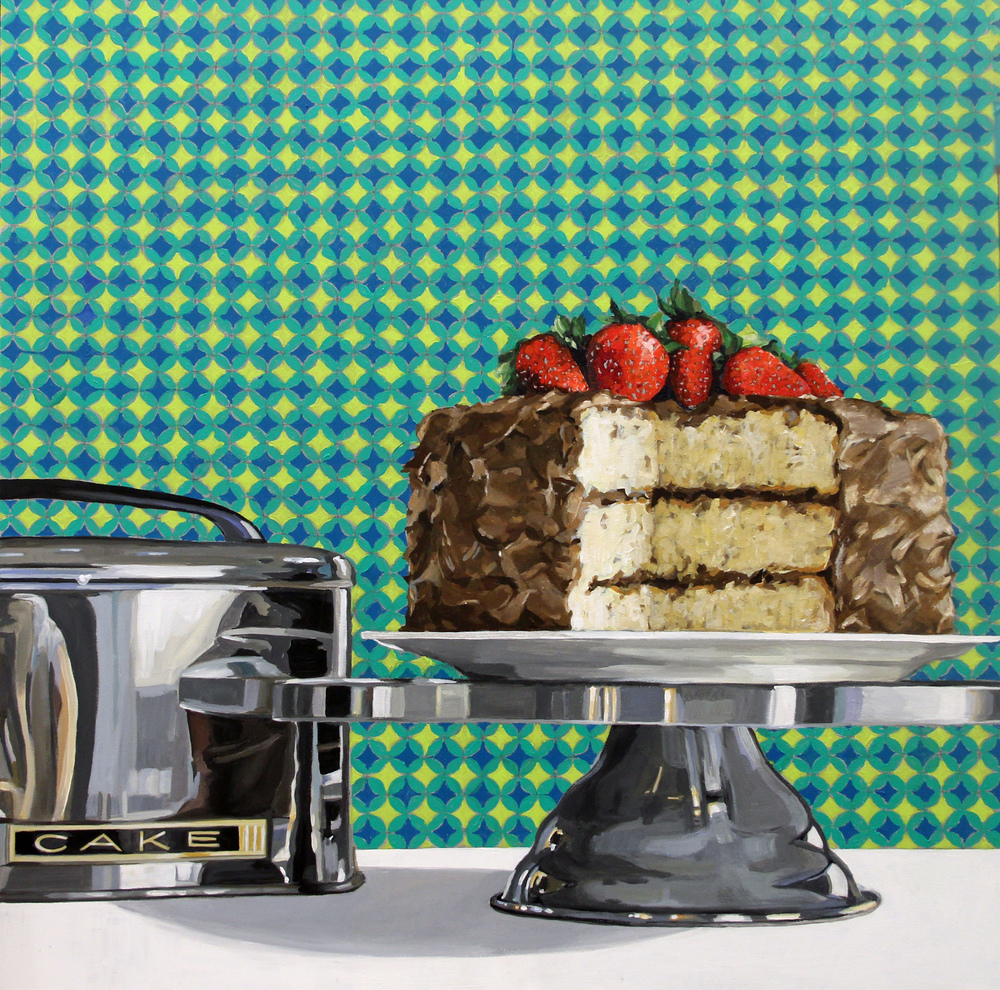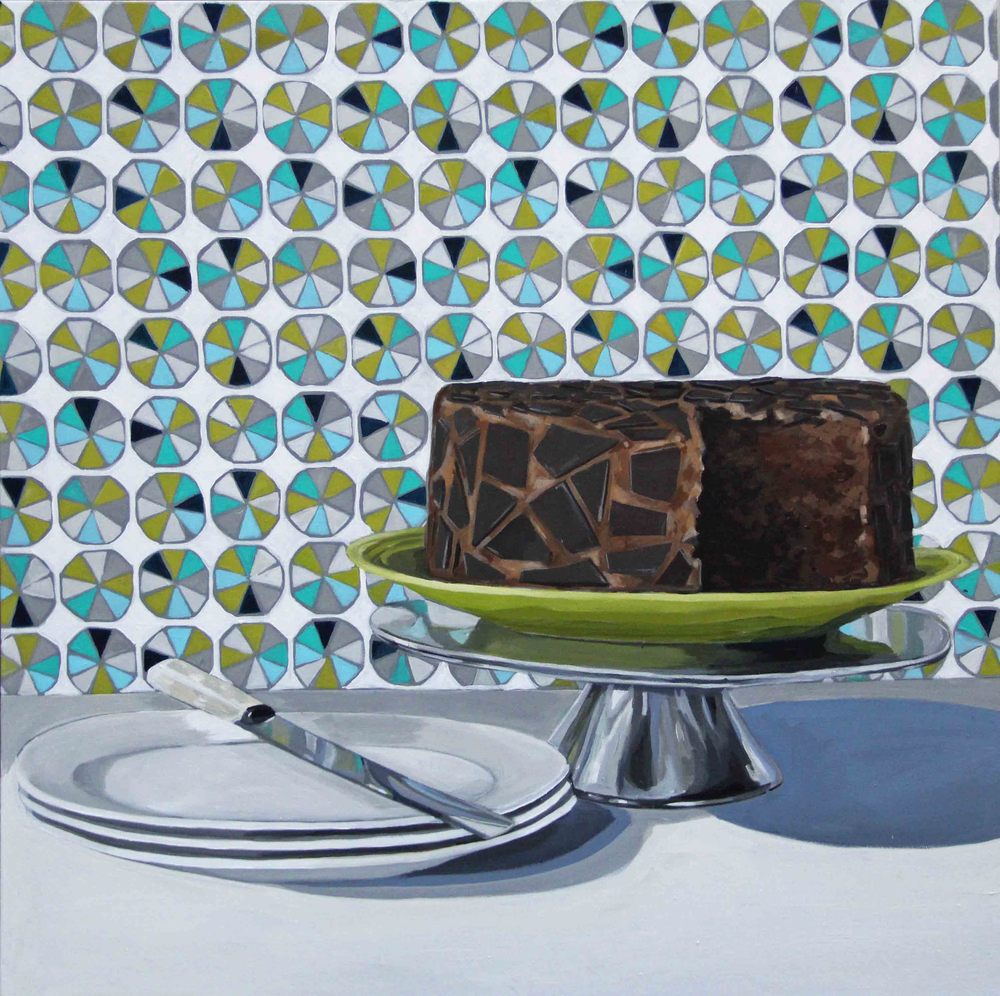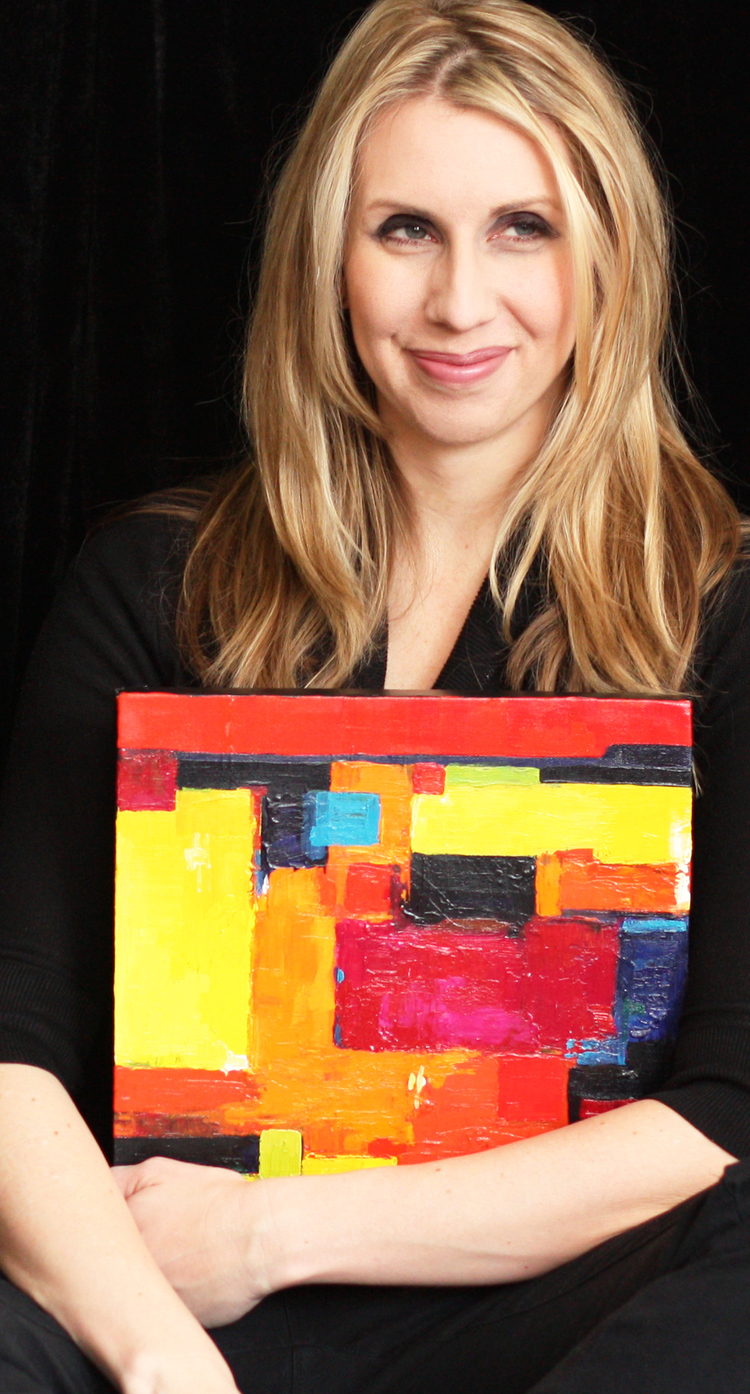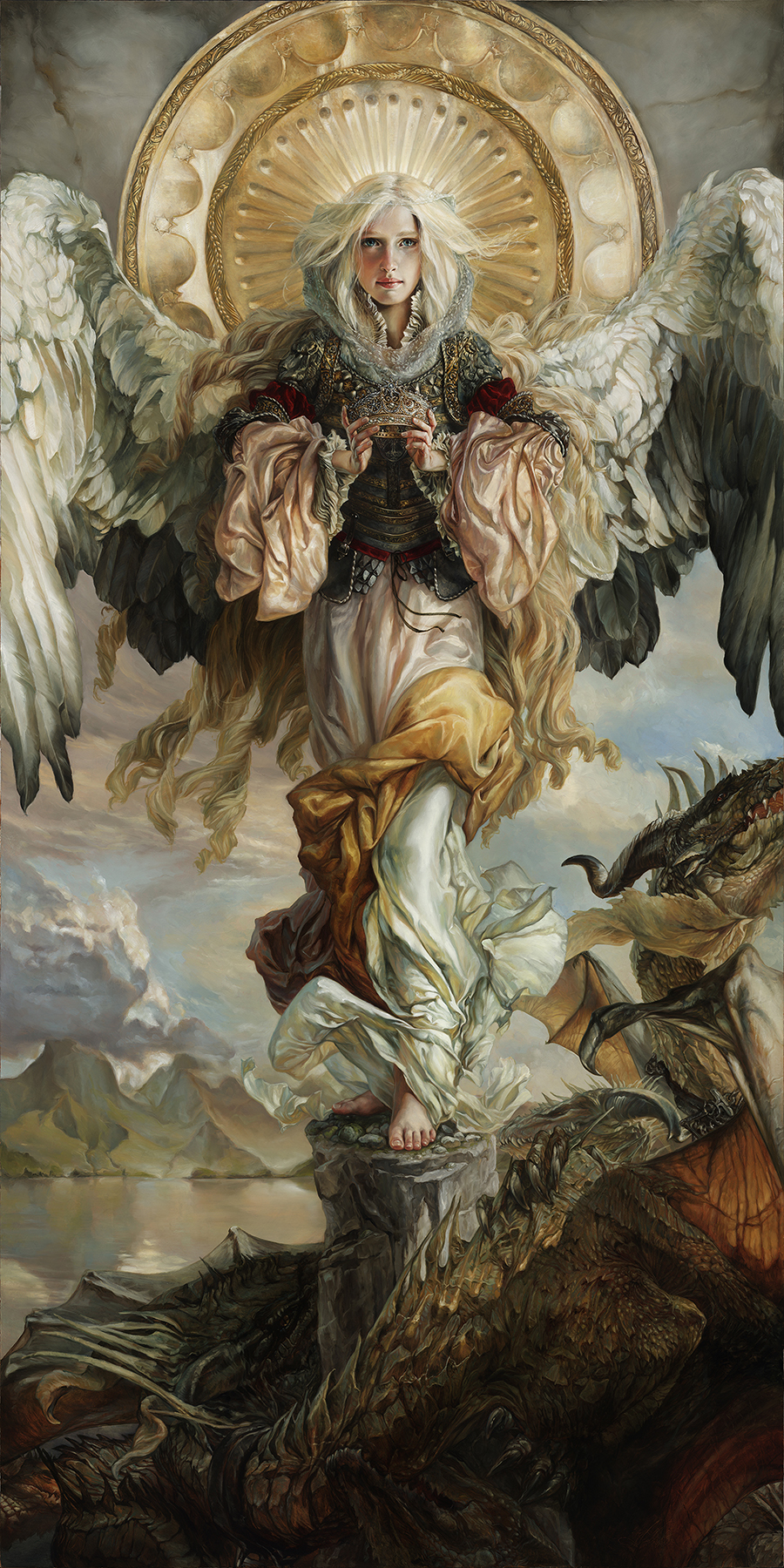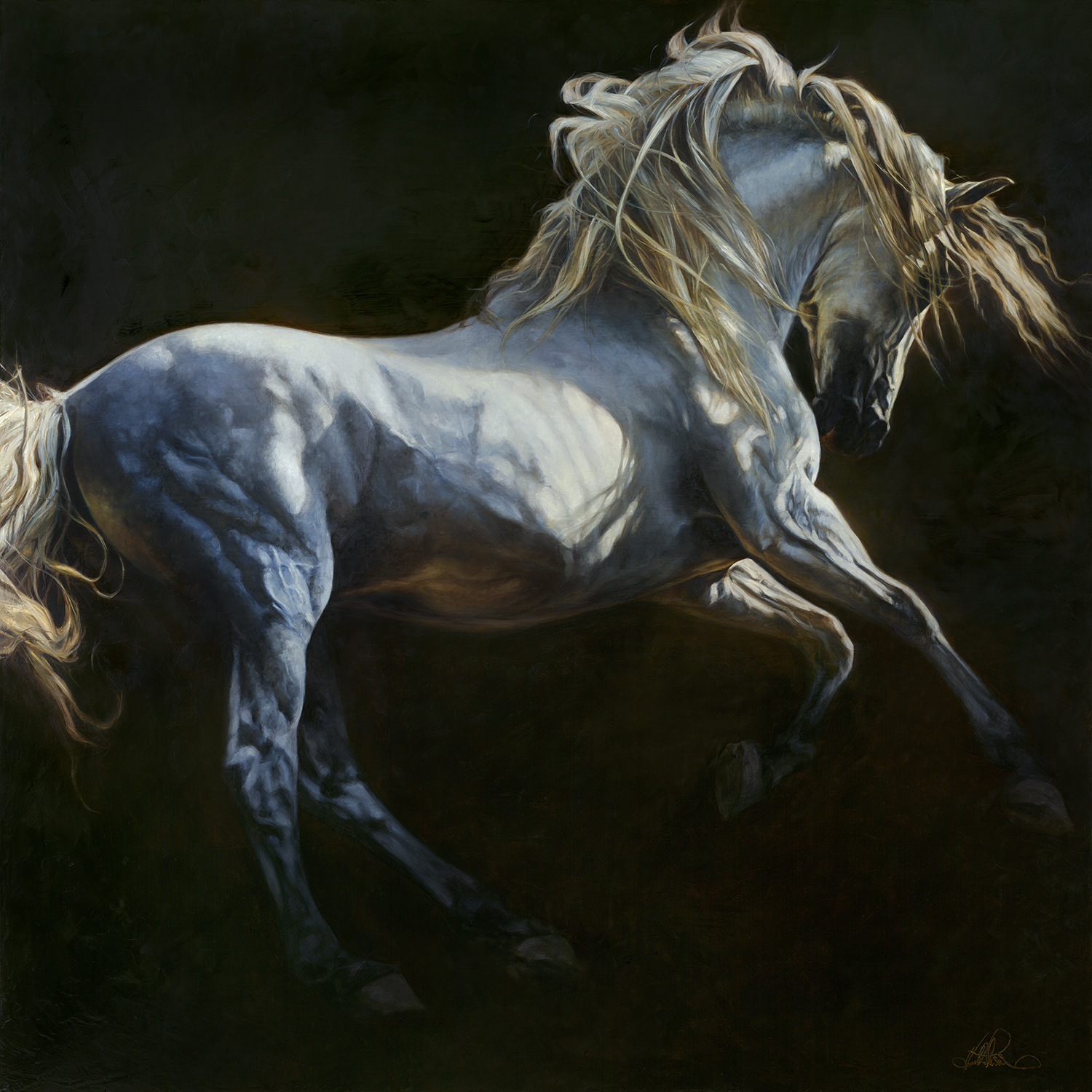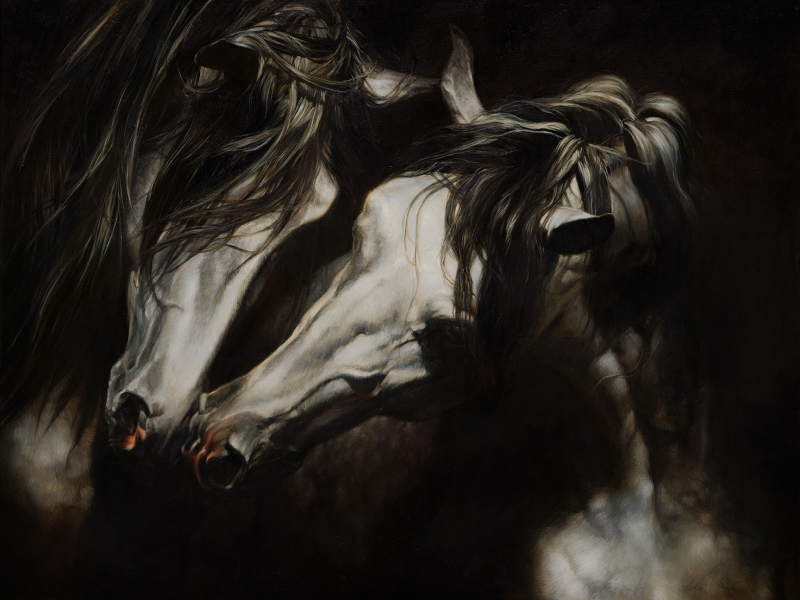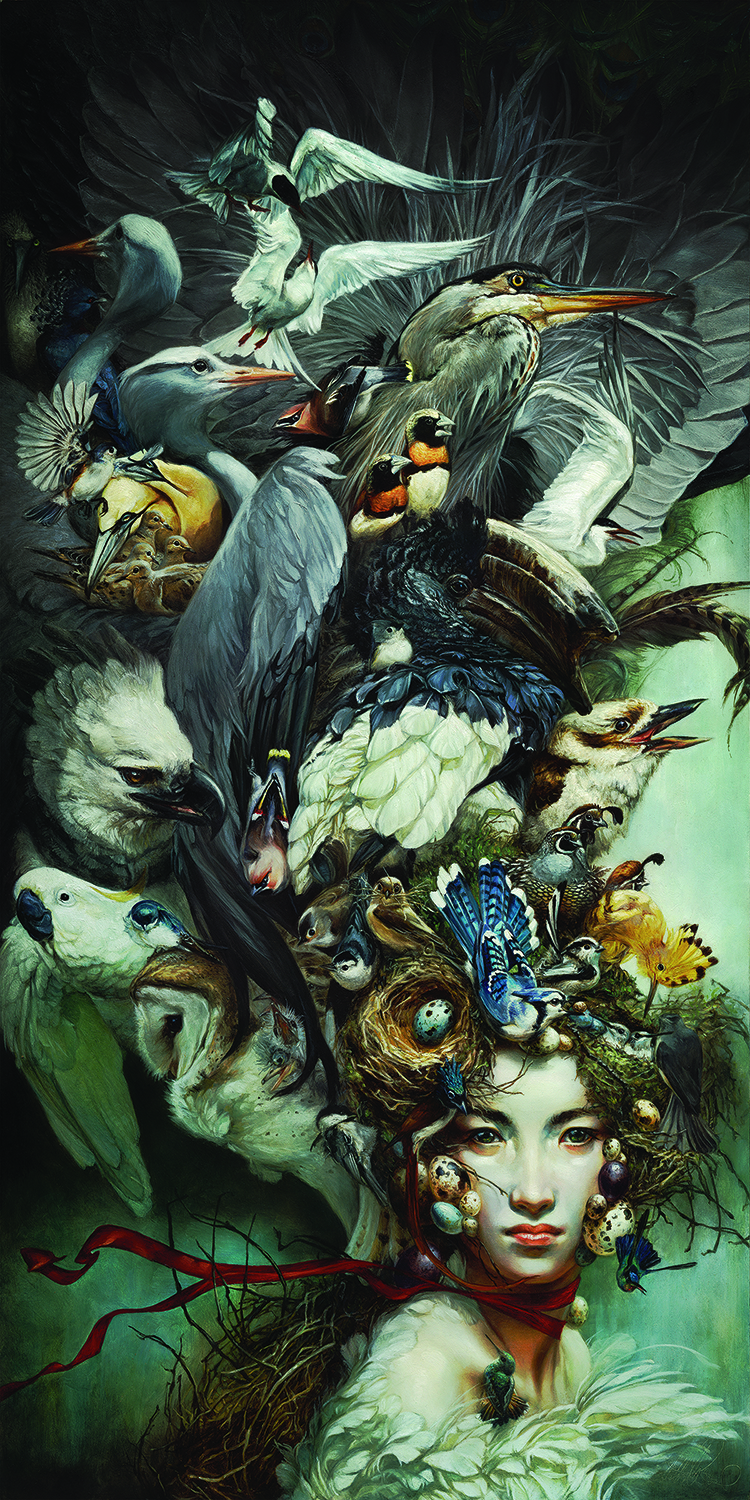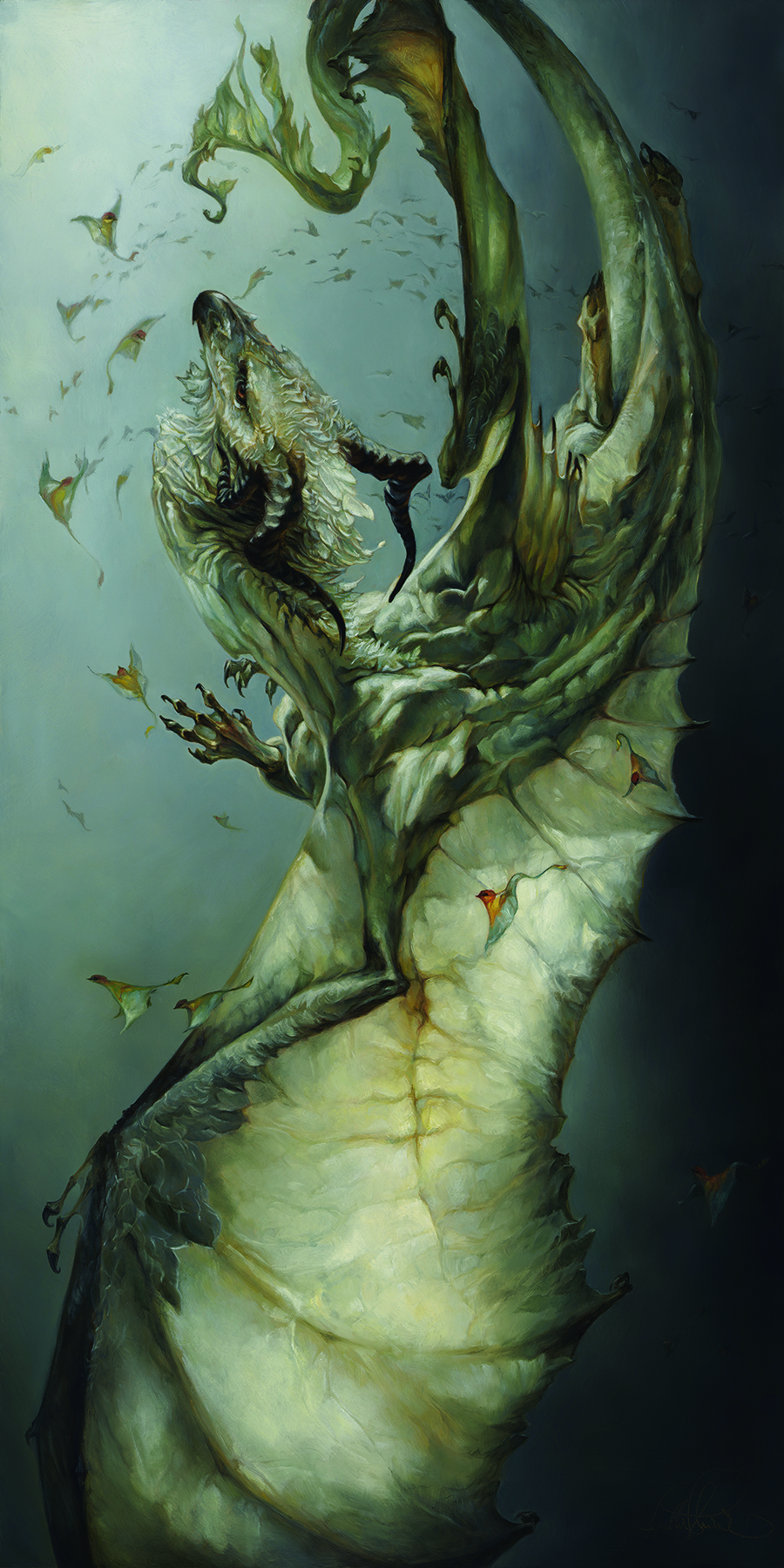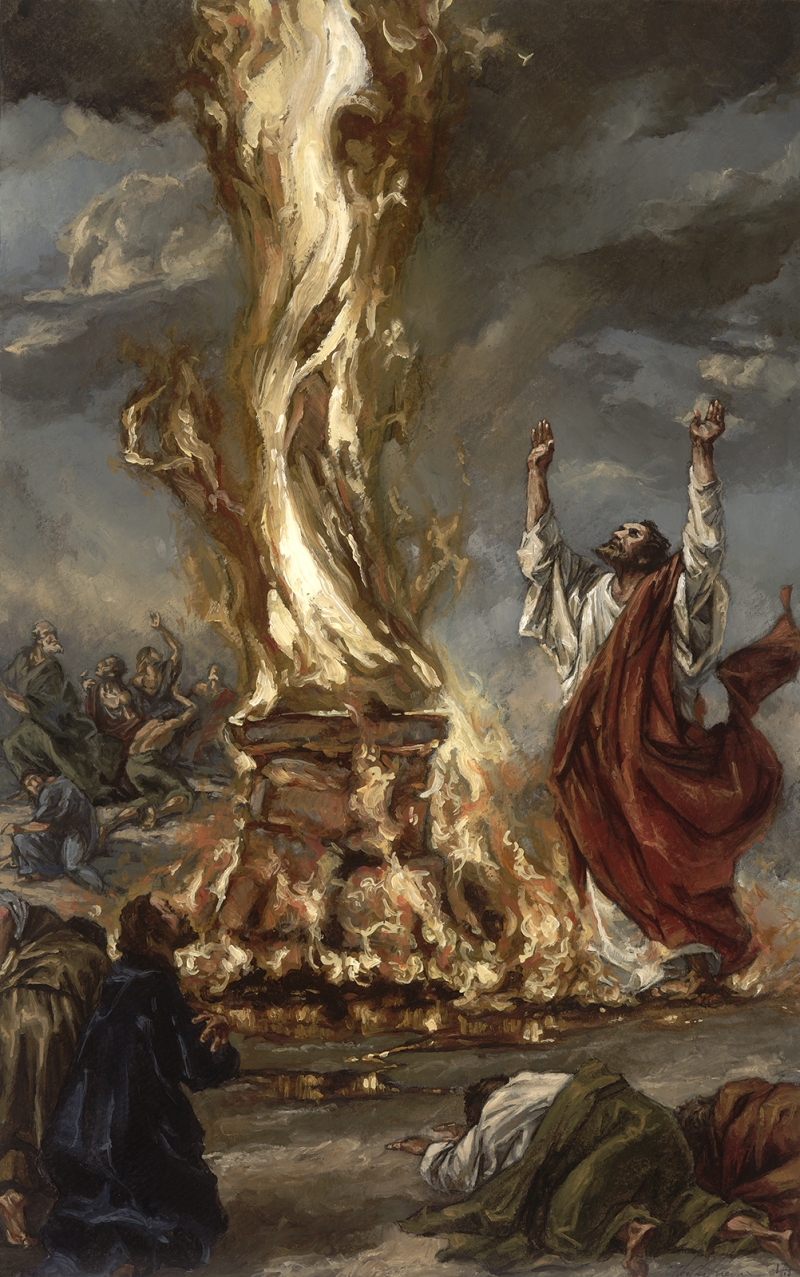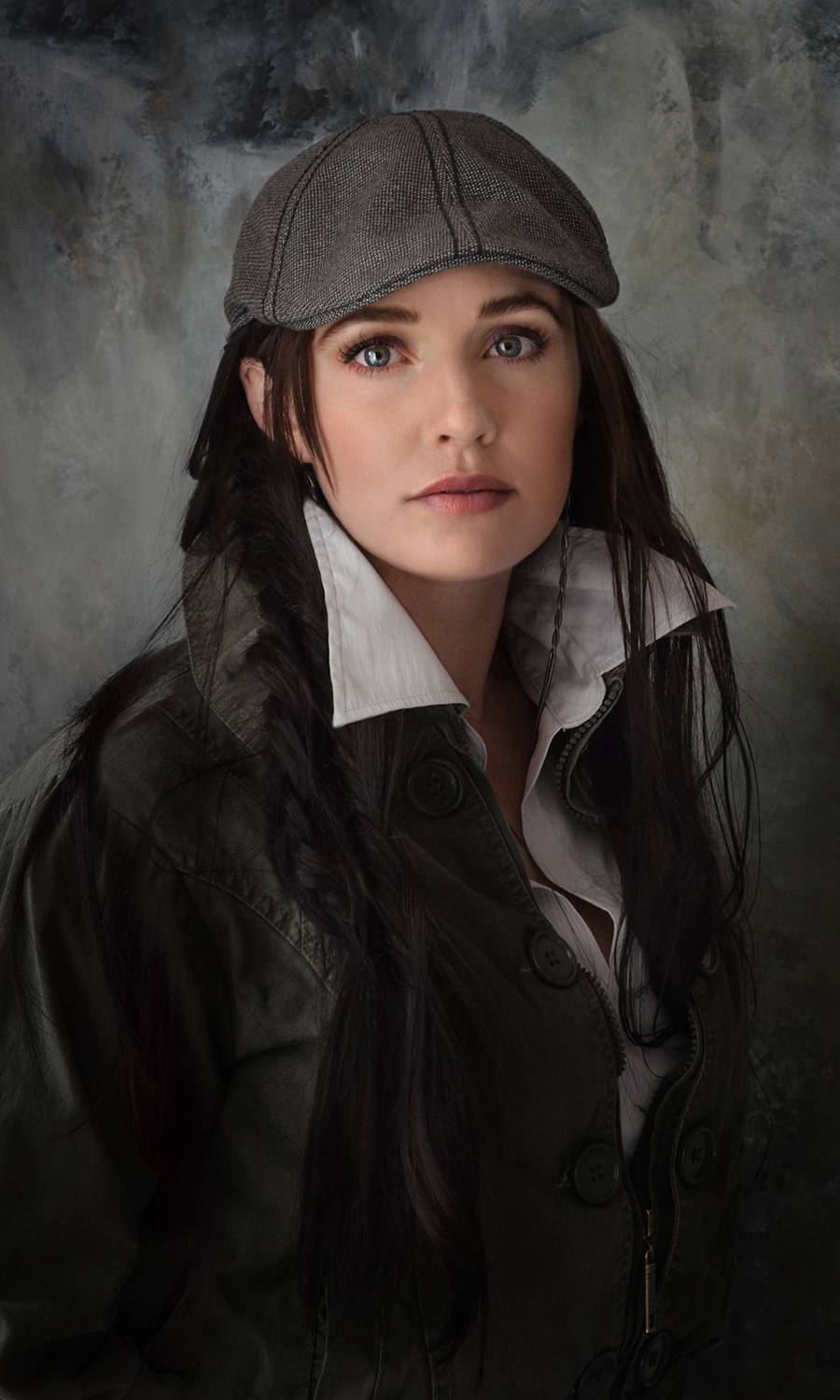Brad Teare is a talented landscape painter with a background as a designer and woodcut artist. Teare was featured previously on The Krakens for his wood cuts. Teare and his wife, the artist Debra Teare, live in Utah.
Regarding your painting, you once said, ‘Design is everything’. Explain. By that I mean there is little an artist can do technically or aesthetically to compensate for bad design. Design carries the important meaning–all else is secondary. Paint application can be primitive–completely lacking in virtuosity–yet the painting can retain its artistic value through its design. A strong design clashing with a primitive application can be electrifying. Although I have been experimenting with a type of virtuosity in my paintings what I’m really after is a lack of apparent technique–a technique that exists within a primitive application surrendering to design.
Your landscapes are beautiful. How do you pick a location? How do you approach the project? They say John Singer Sergeant could create a beautiful painting from nearly any vantage point of any scene no matter how mundane. I’m not one of those kinds of artists. I have to consider my design for quite a while before I start painting. I keep a sketchbook of compositions and look for scenes that echo that vision or concept. Generally I sketch and paint outside to gather visual material, not to create a finished painting. Although I like my paintings to look like they are painted in one session few of them are. Most evolve slowly. The best method to get the results I want is to first draw a very accurate pencil sketch of the scene. By accurate I don’t mean a realistic, detailed sketch, but rather one that captures the emotional quality I’m trying to portray. I take liberties with the rhythm and structure of the landscape. Again, the design is most important because it determines how the viewer engages with the scene. I let the colors evolve organically. Sometimes I scrape the dried paint, oil up the canvas, and repaint sections. Such repainting is not considered the correction of a failed painting but rather an integral part of my process. The first layers of color react with later applications. I often say, “start with a bad painting and work toward a good one. Not the other way around”. It’s an adage that applies to life as well as painting.
Follow Brad Teare on Instagram.
